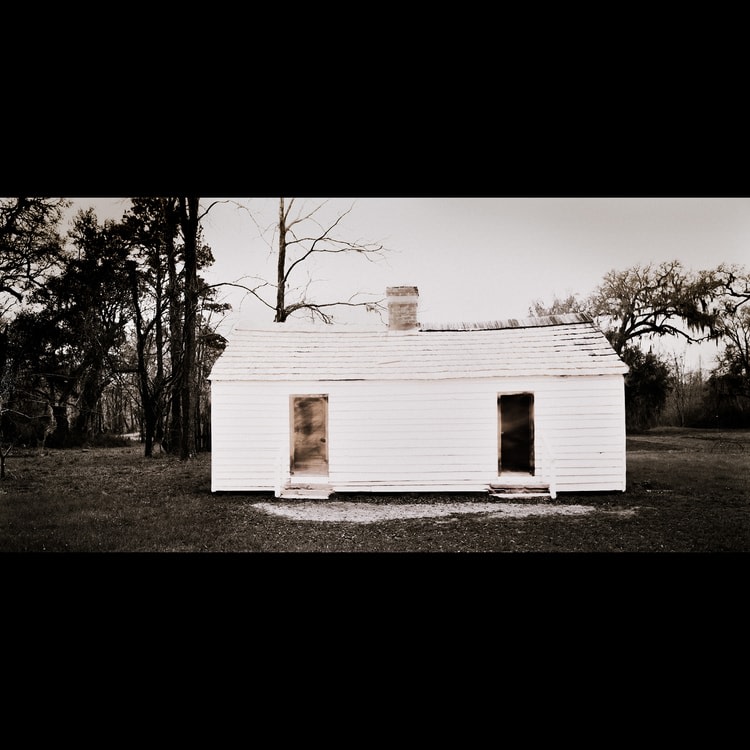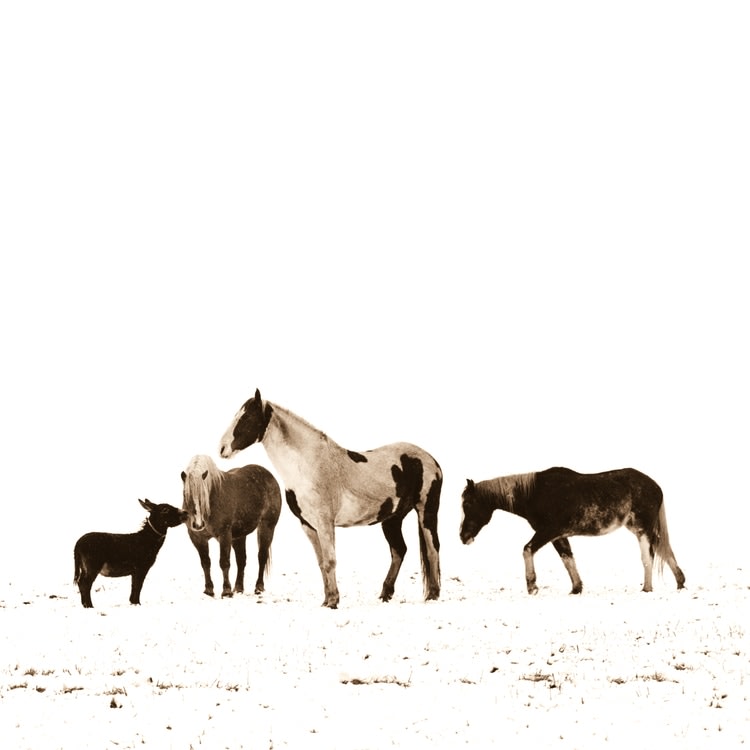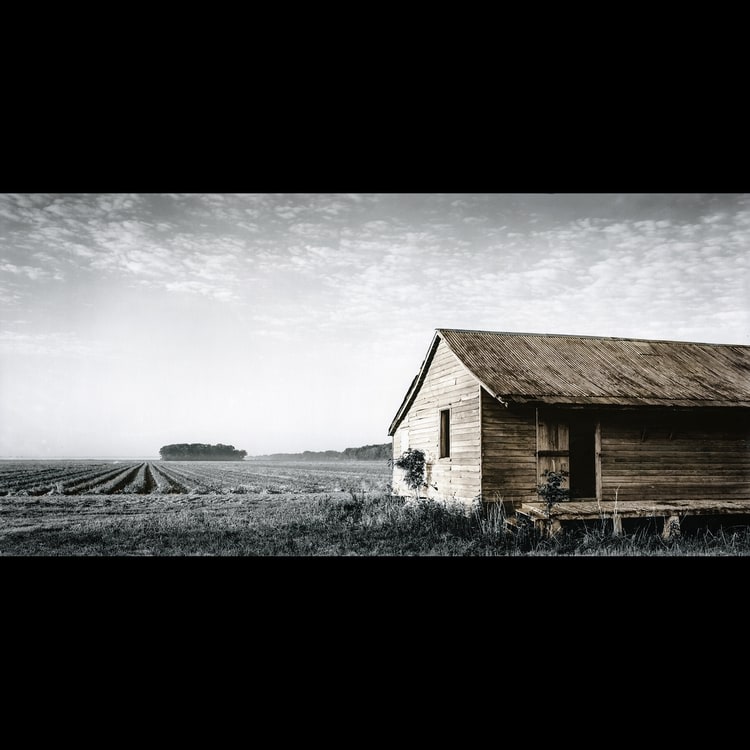About the Artist
I grew up on a farm in central Pennsylvania and moved to California after getting a degree in aerospace engineering. Unfortunately, that’s also when I discovered I’d rather be a photographer than a rocket scientist. I spent the next 6 years photographing on the side before resigning in 1992 to become a full-time photographer. I lived and photographed near Yosemite for 4 years before moving to a rural Pennsylvania farm where I live with my family and many rescued animals. Current works feature photographs of rescued animals at sanctuaries, taken with film cameras, handprinted & sepia toned. I've visited many of the top sanctuaries in the country to capture the individuality of animals in their daily environment after rescue from tragic circumstances. Each photograph was taken with large or medium format film cameras & used only the available light and backgrounds. None have been digitally altered. For some of the images I wanted a white background and had to wait for a good snowfall. For others I used the darkness of the barn or the atmosphere of walls and fields. Each is handprinted in a classic wet darkroom. Ten percent of sales of my photographs are donated to those organizations to assist them in their work.
I also have a series of photographs of former slave dwellings photographed with an 8x16" film camera. I print the silver gelatin photographs and then use toners and bleaches painted on with a fine brush to visually communicate the sense of fading away of the structures. The large 52”x32” photographs were printed using a special extra large enlarger I built to accommodate the large film negatives. The fragile wooden shacks I've photographed for the past few years once were home to enslaved people in the United States. These walls offered the only privacy in the lives of the enslaved during the few hours they spent there each night. Of the tens of thousands of slave houses only a tiny minority remain. Almost all have disappeared leaving nothing but foundation stones behind. A few survived in the decades after slavery as homes for sharecroppers and other poverty level workers. Some have been repurposed as everything from rental units to guest houses despite cries of sacrilege and disrespect of their history. A handful have been rebuilt and reclaimed for use as educational tools. A scattered few are crumbling away in silence even now. Small and plain, the slave dwellings were built in a similar style regardless of the location. The contrast is especially strong in locations where the grand plantation houses are within eyesight. Slave Cabin 1 was photographed in southern Louisiana on a former sugar cane plantation, just off the river road on the west bank of the Mississippi River. It depicts the immense sense of the fields beyond the slave houses.
I use three film cameras: a hand-built Phillips 8x16” ultra-large-format view camera, a 4x5” field view camera, and a medium-format Hasselblad. I work with only the available light and no distortion filters or digital altering. Images are printed by me in a traditional wet darkroom. I prefer using film, feeling more of a connection with the cameras and darkroom. Lives and works in Lykens, PA.








